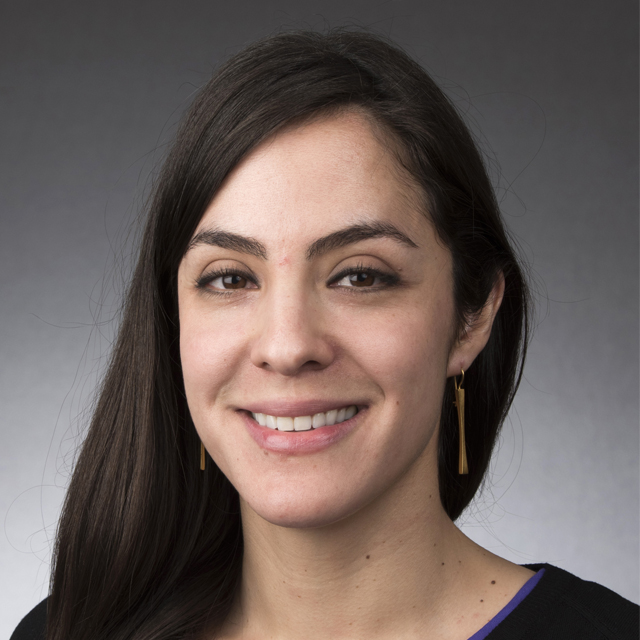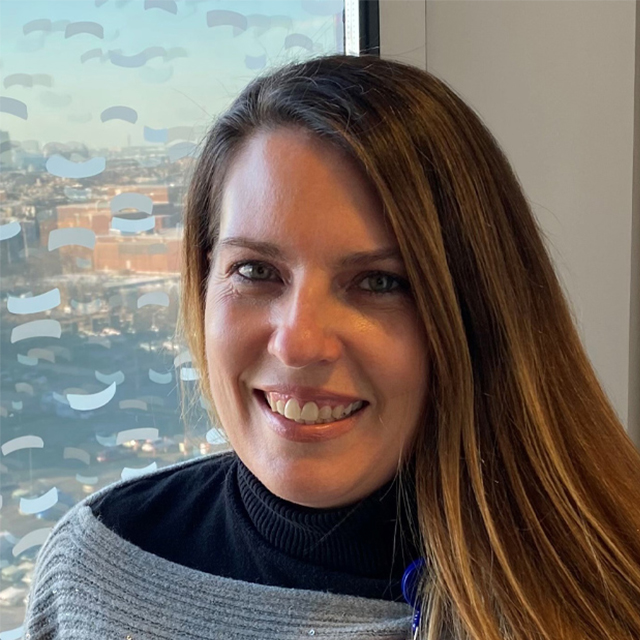Michael Friedman and Eleni Flanagan, co-directors of Johns Hopkins Activity and Mobility Promotion (JH-AMP), say the need to get hospital patients moving during their recovery is as high a priority as giving them appropriate medications. Patients who remain in bed not only increase their risk of a longer hospitalization, but also the chance of disability and death.
Friedman is director of strategic program development and assistant professor for physical medicine and rehabilitation, and Flanagan is interim director of medical and radiology nursing.
Normally, getting patients back on their feet is a challenge requiring the collaborative work of several members of the care team. COVID-19 has compounded the difficulty by creating an environment in which patients are more apt to be confined to bed and unable to leave their rooms or have visitors, Friedman says.
The recent omicron surge further threatens mobility, they say, because the influx of patients with COVID-19 has limited nursing staff.
Members of the Johns Hopkins Hospital Quality Improvement (QI) team, redeployed the week of Jan. 17, are now supporting patient mobility efforts at the hospital. About 20 members of the 35-person staff have been going in pairs into biocontainment units — isolated rooms for patients with COVID-19 — to help one patient at a time reach daily goals determined by clinicians and JH-AMP’s mobility criteria. They are joined by four staff members from the Department of Physical Medicine and Rehabilitation.
(During the first wave of COVID-19, the QI team helped out at Occupational Health’s COVID-19 Call Center.)
Lauren Johnson, assistant director of quality improvement at The Johns Hopkins Hospital, is part of the current redeployment team.
“Some patients are fully independent and just need a little encouragement to get up and walk,” says Johnson, who began her career as a senior cardiovascular technologist at the hospital. “And then there are some patients who can’t leave their bed, so we work with them to reach their goal of safely sitting up on the edge of the bed.”
In non-pandemic times, Johnson’s team spearheads quality improvement initiatives, such as improving sepsis care. It also helps clinical teams implement and monitor changes that improve patient outcomes, and ensures the accuracy of quality data that is reported internally and externally — to the state of Maryland, the Centers for Medicare & Medicaid Services and The Joint Commission.
The QI staff is made up of health care professionals who used to work directly with patients, including nurses, radiological technologists and a respiratory therapist. Although there was hesitancy to go into biomode units, staff members were excited to help in such a meaningful way at the bedside, according to Johnson.
“Once you get on the unit and start working with your first patient, you kick right back into caregiver mode, and it’s all about that patient,” she says. “Our team is honored to be part of this.”
The QI team was asked to redeploy in four days. To make it happen, Johnson, April Taylor, vice president of quality at The Johns Hopkins Hospital, and Heather Webb, assistant director of operations and administration at the hospital, worked with JH-AMP team members Sowmya Kumble and Jessica Hare.
Their effort adapted training and protocols JH-AMP used for mobility efforts at the Baltimore Convention Center field hospital in 2020. QI staffers were fit-tested for protective N95 respirators. The group also watched training videos to learn how to don and doff personal protective equipment, as well as how to assist patients to safely move around their rooms. This preparation ended with a Zoom conference with the JH-AMP team to review protocols and address last-minute concerns.
The shift is 11 a.m. to 3 p.m. three times a week. Each begins with a morning meeting, during which the redeployed team members receive a list of their assigned patients, their mobility goals and other important information. (Patient prioritization is based on criteria developed by the Incident Command Center.) After each shift, the team reviews the day with JH-AMP. Feedback from these meetings has refined processes and will inform future mobility training, according to Friedman.
He says assistance from QI — more than half of the staff is involved in this redeployment — has helped "1,000 percent" by increasing mobility awareness, allowing patients to become active sooner, and freeing up nurses and rehabilitation specialists to target patients with the greatest needs.
“We’re getting exponentially better and better every day,” he says.
Judging from her own redeployment experience, Johnson says most patients are grateful for the opportunity to move around in a safe, supervised manner.
“Patients are not getting as much socialization as they would on a regular day in the hospital,” she says. “It’s been really nice to be that friendly face to come in and brighten their day.”
(QI team members who redeployed but are not pictured above include Anushree Ahluwalia, Shiretta Augustine, Heather Carberry, Michelle Espinoza, Katrina Houston, So Yeon Kim, Scott Pritzker, Lee Ann Sprankle, Valerie Strockbine and Julie Stuckey.)



